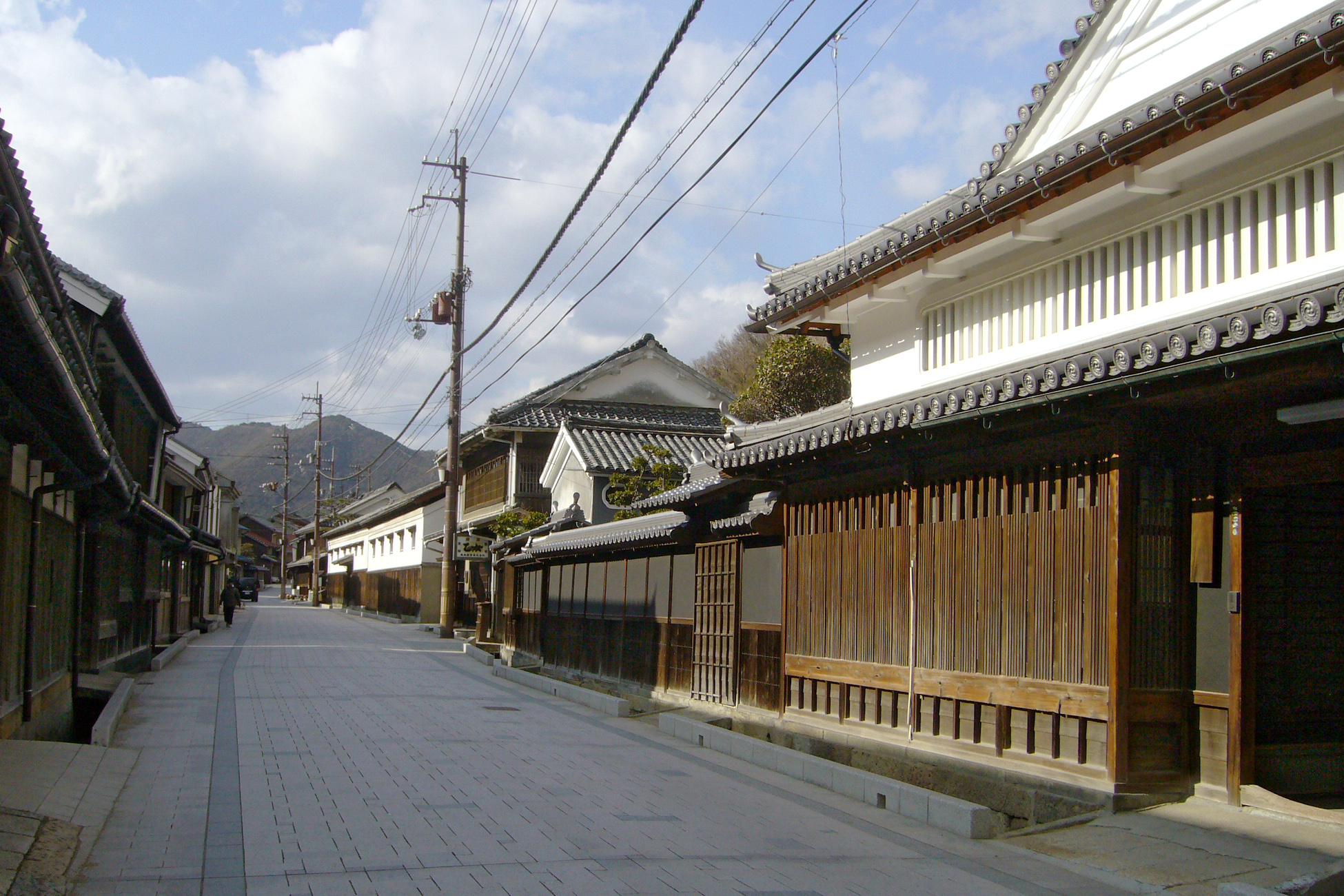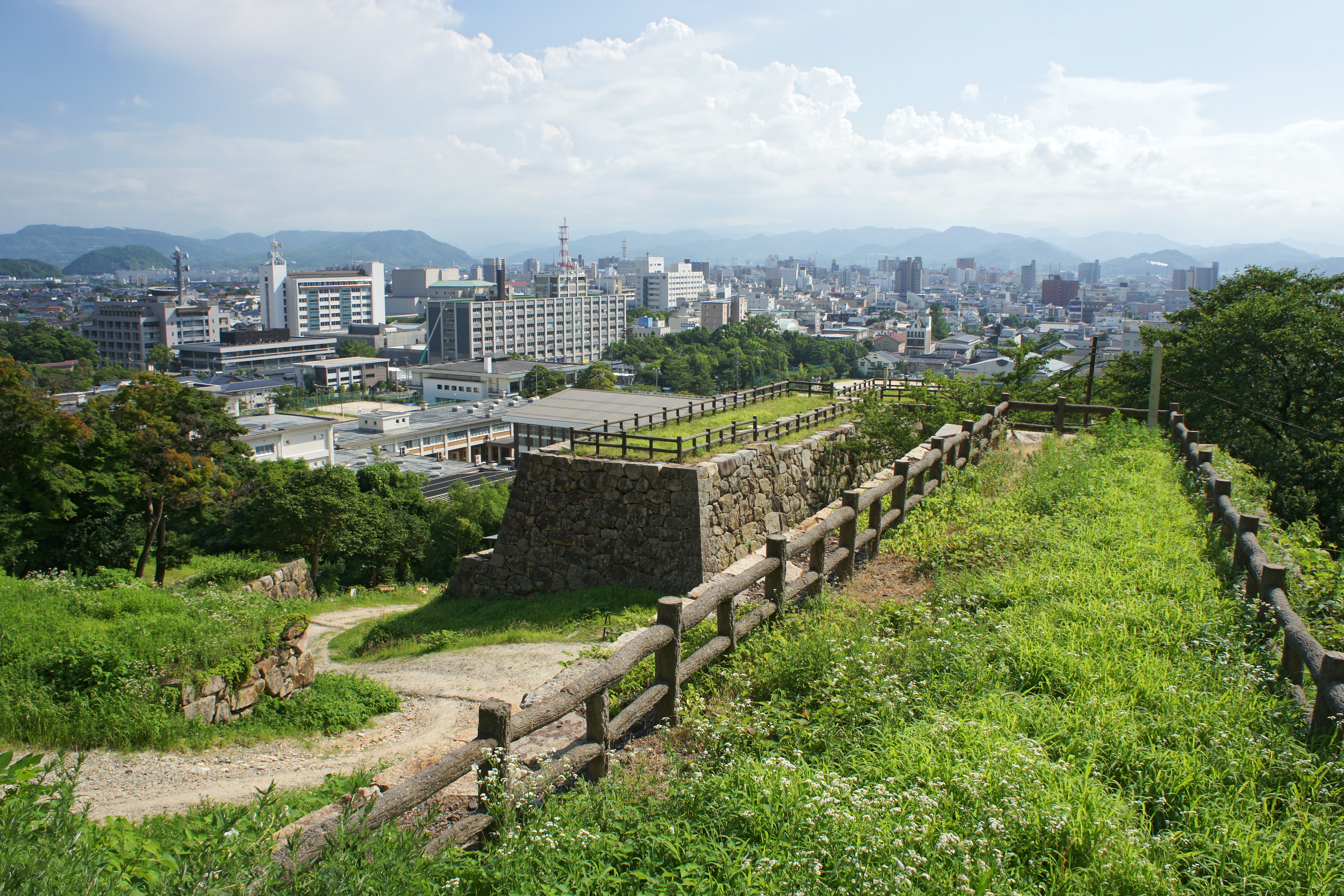|
Japan National Route 373
National Route 373 is a national highway of Japan connecting Akō, Hyōgo and Tottori, Tottori is the capital and the largest city of Tottori Prefecture in the Chūgoku region of Japan. Within Japan the city is best known for its sand dunes which are a popular tourist attraction, drawing visitors from outside the prefecture. The sand d ... in Japan, with a total length of 101.9 km (63.32 mi). References National highways in Japan Roads in Hyōgo Prefecture Roads in Okayama Prefecture Roads in Tottori Prefecture {{Japan-road-stub ... [...More Info...] [...Related Items...] OR: [Wikipedia] [Google] [Baidu] |
National Highways Of Japan
Japan has a nationwide system of distinct from the expressways. The Ministry of Land, Infrastructure, Transport and Tourism and other government agencies administer the national highways. Beginning in 1952, Japan classified these as Class 1 or Class 2. Class 1 highways had one- or two-digit numbers, while Class 2 highways had three-digit numbers. For example, routes 1 and 57 were Class 1 highways while 507 (the one with the highest number) was a Class 2 highway. A 1964 amendment to the governing law resulted in a unification of the classes, which took effect in April of the following year. Highways numbered since that time have had three-digit numbers, so the numbers 58–100, which had so far been unused, remained unused. However, when Okinawa Prefecture reverted to Japanese control in 1972, Route 58, with its southern endpoint in Okinawa's capital city of Naha, was established. The numbers from 59 to 100 remain unused. Some other numbers have been vacated by the joining or ... [...More Info...] [...Related Items...] OR: [Wikipedia] [Google] [Baidu] |
Japan
Japan ( ja, 日本, or , and formally , ''Nihonkoku'') is an island country in East Asia. It is situated in the northwest Pacific Ocean, and is bordered on the west by the Sea of Japan, while extending from the Sea of Okhotsk in the north toward the East China Sea, Philippine Sea, and Taiwan in the south. Japan is a part of the Ring of Fire, and spans Japanese archipelago, an archipelago of List of islands of Japan, 6852 islands covering ; the five main islands are Hokkaido, Honshu (the "mainland"), Shikoku, Kyushu, and Okinawa Island, Okinawa. Tokyo is the Capital of Japan, nation's capital and largest city, followed by Yokohama, Osaka, Nagoya, Sapporo, Fukuoka, Kobe, and Kyoto. Japan is the List of countries and dependencies by population, eleventh most populous country in the world, as well as one of the List of countries and dependencies by population density, most densely populated and Urbanization by country, urbanized. About three-fourths of Geography of Japan, the c ... [...More Info...] [...Related Items...] OR: [Wikipedia] [Google] [Baidu] |
Akō, Hyōgo
is a city located in southwestern Hyōgo Prefecture, Japan. , the city had an estimated population of 45,747 in 20563 households and a population density of 360 persons per km². The total area of the city is . Geography Akō is located in far southwestern Hyōgo Prefecture. The city is on the border of the Hyōgo and Okayama prefectures, which also divides the Kinki and Chūgoku areas. On each side of the border, ancient Harima and Bizen provinces, which are now Akō and Bizen cities, respectively (except for the former village of Fukukawa, now part of Akō but formerly belonging to Bizen Province), have cultivated their own cultures. Therefore, even at the present days, dialects are vastly different on the sides of the border. A traveller from west to east on the JR San'yō Main Line will notice that the dialect of passengers suddenly changes between Kamigori station in Hyogo prefecture and Mitsuishi station in Okayama prefecture. In Akō, people speak a type of the ... [...More Info...] [...Related Items...] OR: [Wikipedia] [Google] [Baidu] |
Tottori, Tottori
is the capital and the largest city of Tottori Prefecture in the Chūgoku region of Japan. Within Japan the city is best known for its sand dunes which are a popular tourist attraction, drawing visitors from outside the prefecture. The sand dunes are also important as a centre for research into arid agriculture, hosting Tottori University's Arid Land Research Center. Most of Tottori is located in the western part of the San'in Kaigan Geopark. , the city has an estimated population of 192,912 and a population density of 250 persons per km2. The total area is 765.31 km2. Geography The city of Tottori which located in east next to the Chūgoku Mountains, the city flows the Sendai River. Much of city's gained as for result of mergers and neighboring satellite towns. Neighboring municipalities Tottori Prefecture * Yazu * Misasa *Chizu * Iwami * Yurihama * Wakasa Hyōgo Prefecture * Shin'onsen Okayama Prefecture * Kagamino * Tsuyama Climate Tottori ... [...More Info...] [...Related Items...] OR: [Wikipedia] [Google] [Baidu] |
National Highways In Japan
Japan has a nationwide system of distinct from the expressways. The Ministry of Land, Infrastructure, Transport and Tourism and other government agencies administer the national highways. Beginning in 1952, Japan classified these as Class 1 or Class 2. Class 1 highways had one- or two-digit numbers, while Class 2 highways had three-digit numbers. For example, routes 1 and 57 were Class 1 highways while 507 (the one with the highest number) was a Class 2 highway. A 1964 amendment to the governing law resulted in a unification of the classes, which took effect in April of the following year. Highways numbered since that time have had three-digit numbers, so the numbers 58–100, which had so far been unused, remained unused. However, when Okinawa Prefecture reverted to Japanese control in 1972, Route 58, with its southern endpoint in Okinawa's capital city of Naha, was established. The numbers from 59 to 100 remain unused. Some other numbers have been vacated by the joining or ... [...More Info...] [...Related Items...] OR: [Wikipedia] [Google] [Baidu] |
Roads In Hyōgo Prefecture
A road is a linear way for the conveyance of traffic that mostly has an improved surface for use by vehicles (motorized and non-motorized) and pedestrians. Unlike streets, the main function of roads is transportation. There are many types of roads, including parkways, avenues, controlled-access highways (freeways, motorways, and expressways), tollways, interstates, highways, thoroughfares, and local roads. The primary features of roads include lanes, sidewalks (pavement), roadways (carriageways), medians, shoulders, verges, bike paths (cycle paths), and shared-use paths. Definitions Historically many roads were simply recognizable routes without any formal construction or some maintenance. The Organization for Economic Co-operation and Development (OECD) defines a road as "a line of communication (travelled way) using a stabilized base other than rails or air strips open to public traffic, primarily for the use of road motor vehicles running on their own wheels", which i ... [...More Info...] [...Related Items...] OR: [Wikipedia] [Google] [Baidu] |
Roads In Okayama Prefecture
A road is a linear way for the conveyance of traffic that mostly has an road surface, improved surface for use by vehicles (motorized and non-motorized) and pedestrians. Unlike streets, the main function of roads is transportation. There are road hierarchy, many types of roads, including parkways, avenue (landscape), avenues, controlled-access highways (freeways, motorways, and expressways), tollways, interstates, highways, thoroughfares, and local roads. The primary features of roads include lanes, sidewalks (pavement), roadways (carriageways), median strip, medians, shoulder (road), shoulders, road verge, verges, bike paths (cycle paths), and shared-use paths. Definitions Historically many roads were simply recognizable routes without any formal construction or some maintenance. The Organisation for Economic Co-operation and Development, Organization for Economic Co-operation and Development (OECD) defines a road as "a line of communication (travelled way) using a stabiliz ... [...More Info...] [...Related Items...] OR: [Wikipedia] [Google] [Baidu] |



